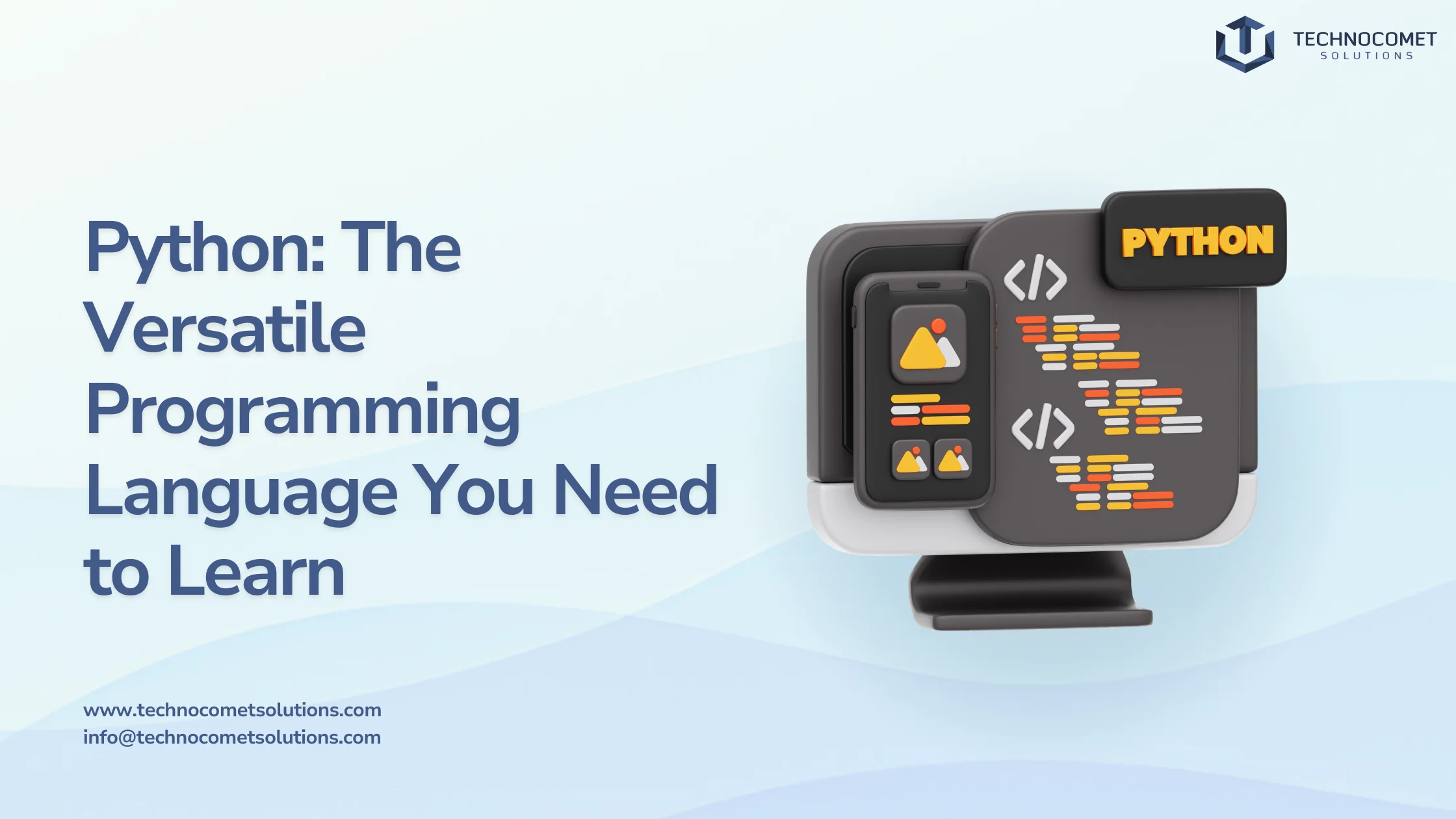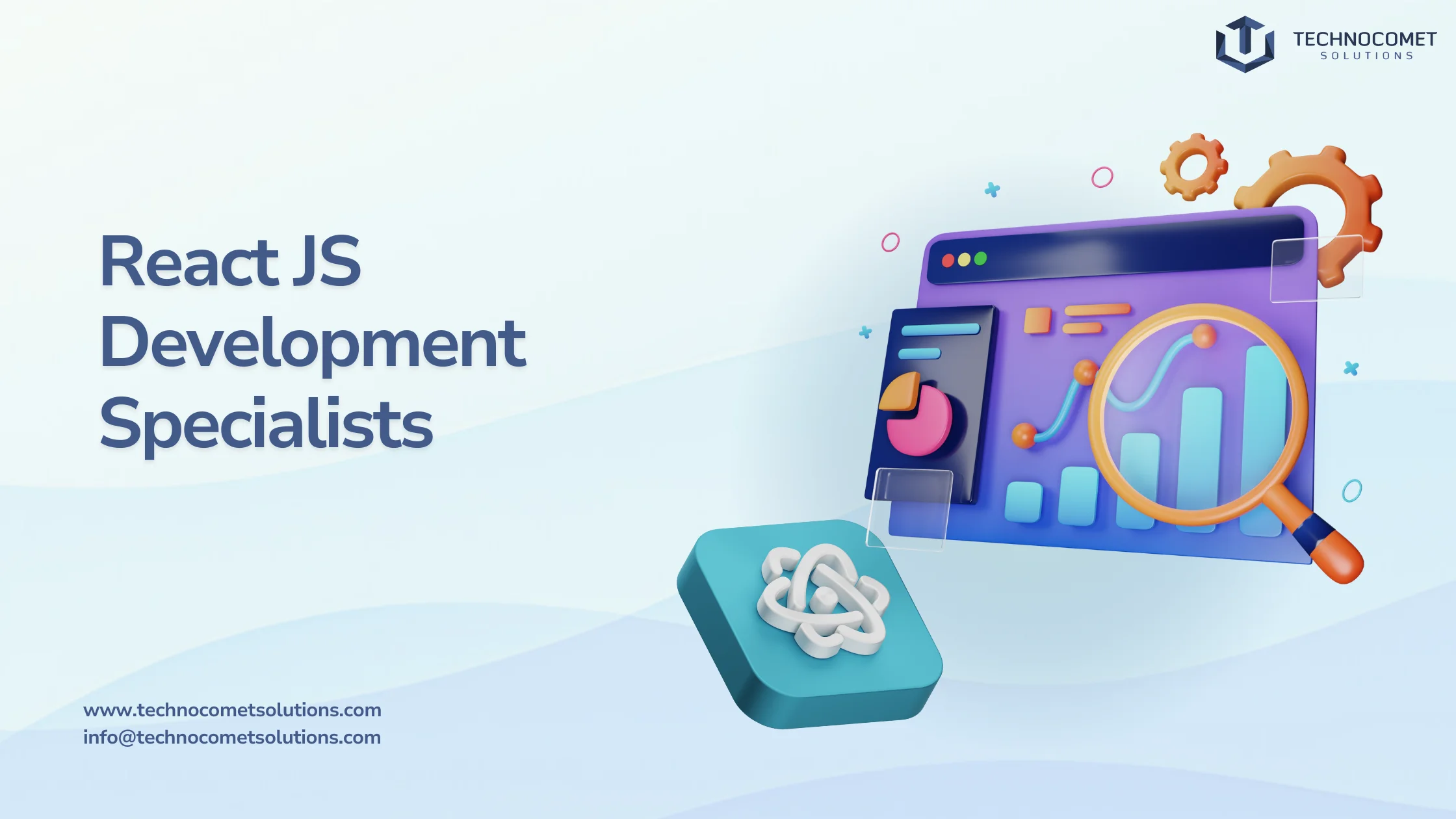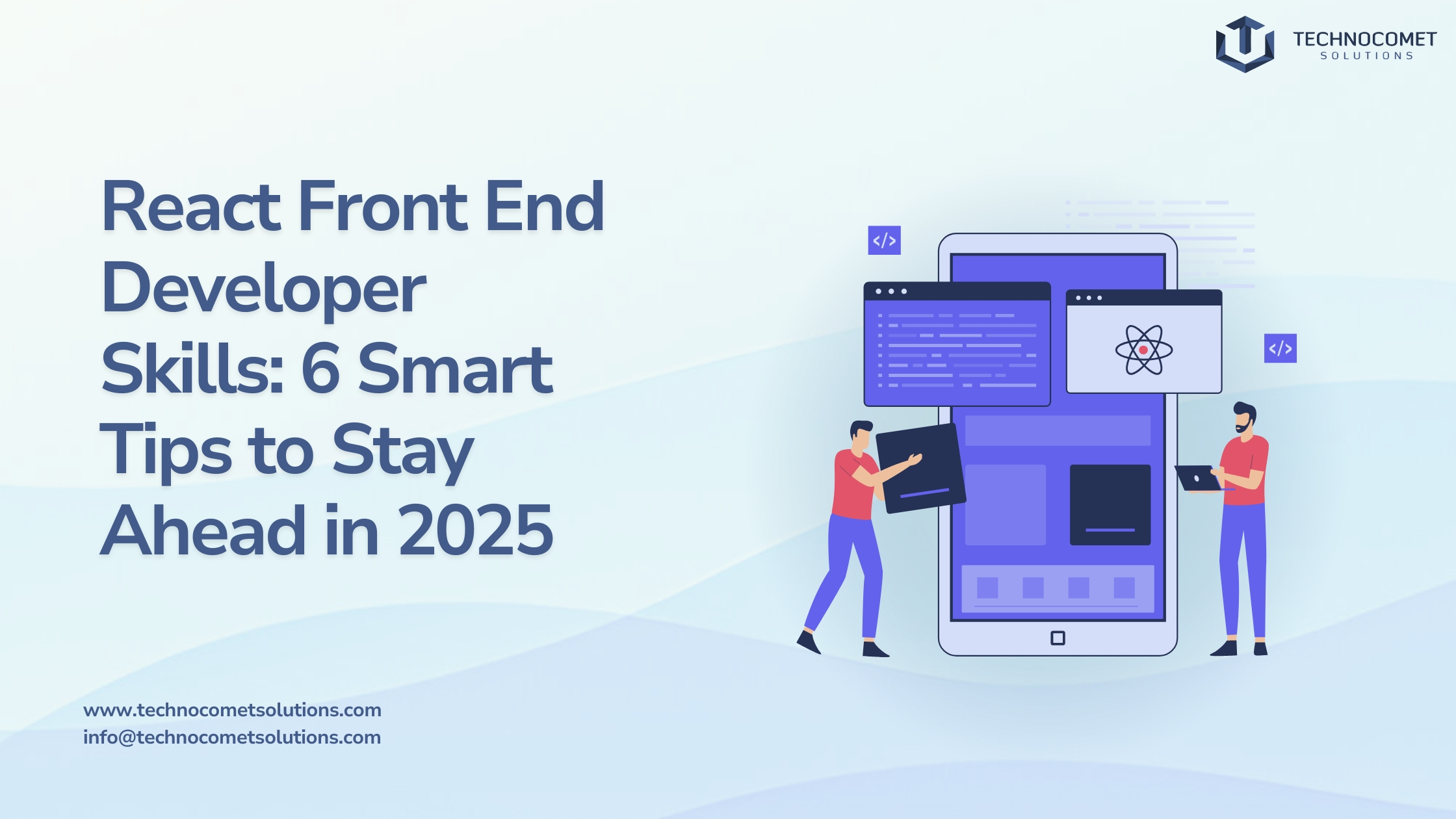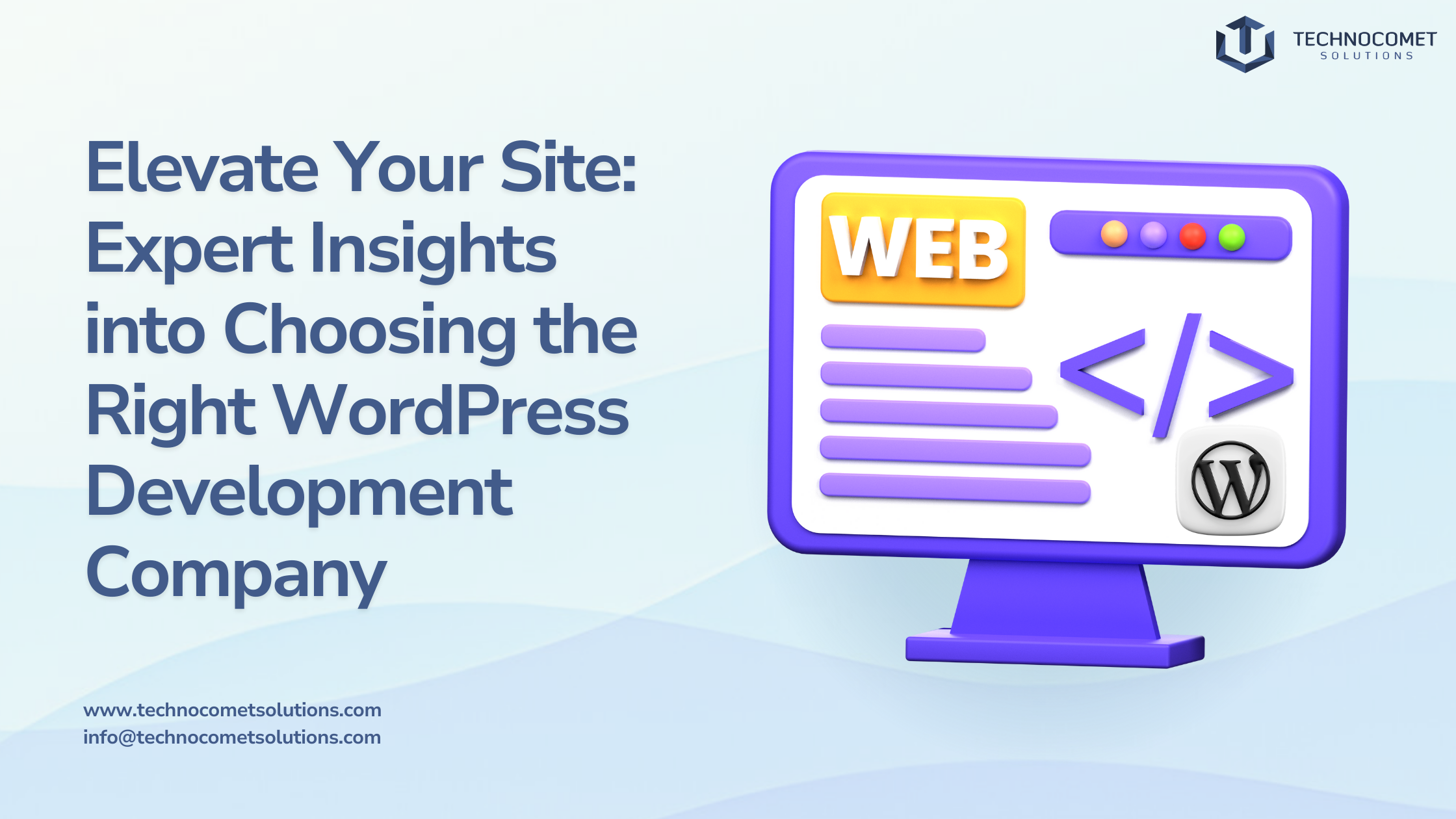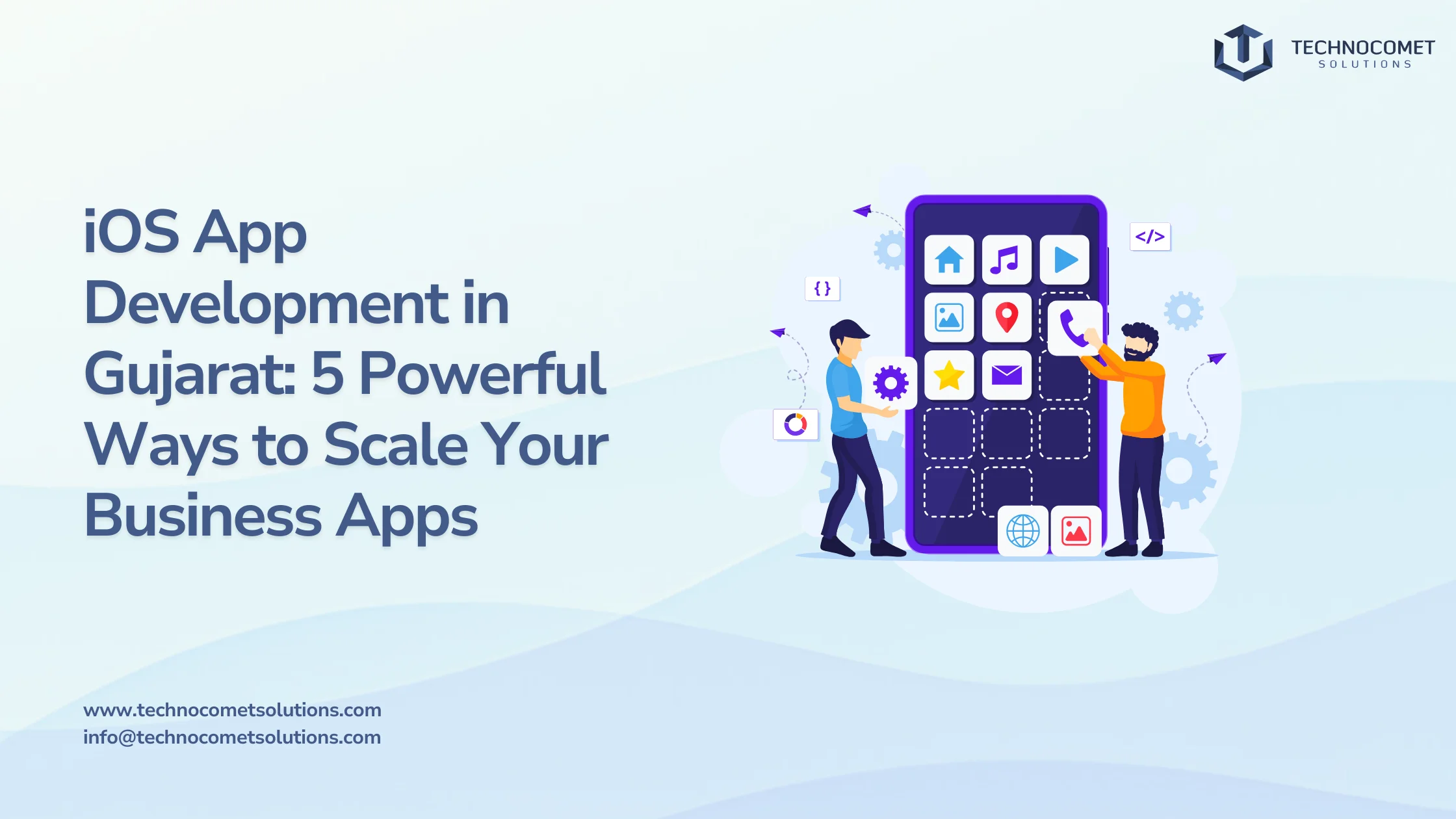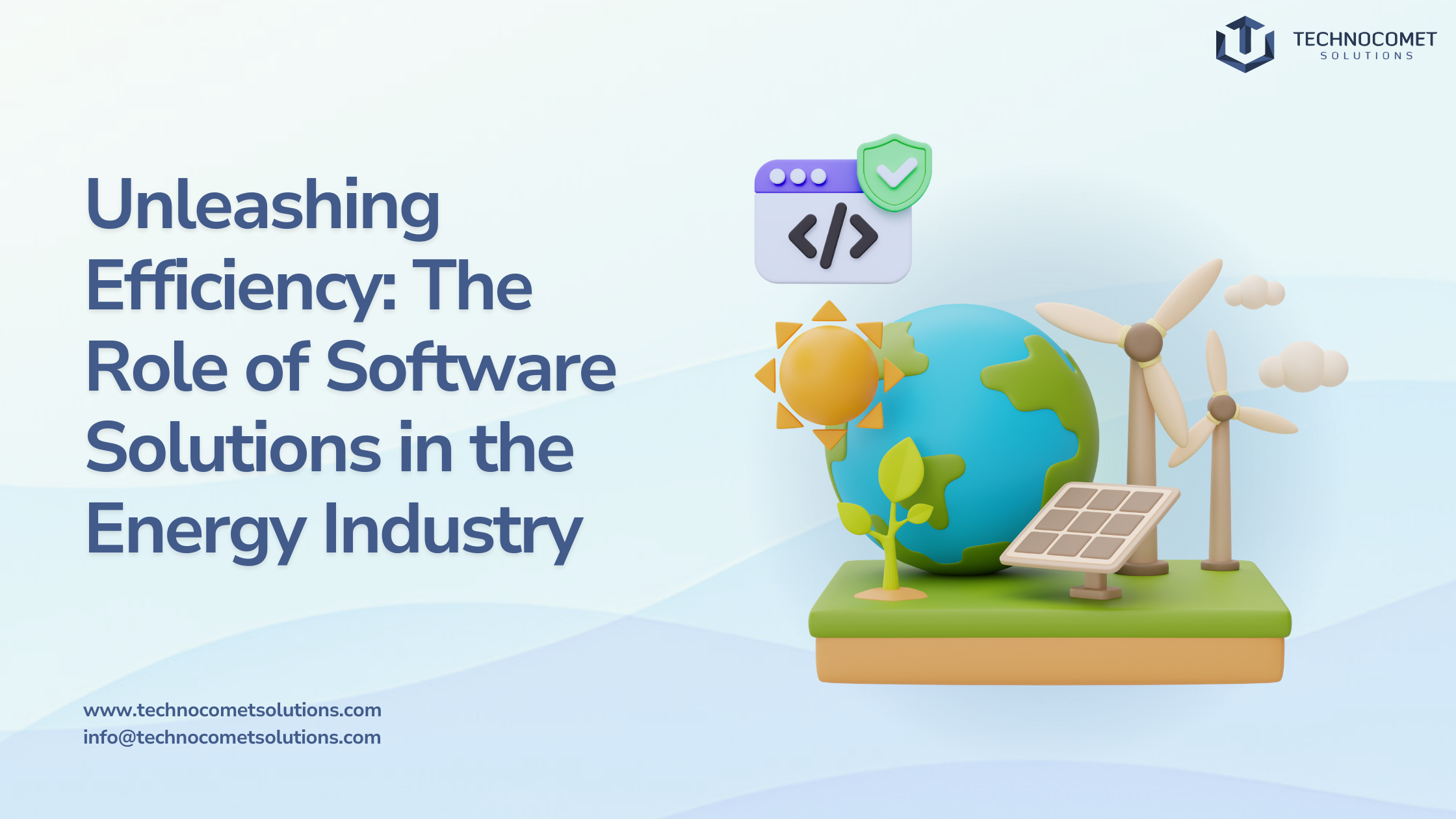Introduction
Python has become one of the most popular programming languages in the world, and for good reason. Its simplicity, versatility, and powerful capabilities make it an ideal choice for both beginners and experienced developers. From web development to data science and artificial intelligence, Python is everywhere, shaping the future of technology. At TechnoComet Solutions, we leverage Python’s power to build innovative solutions for our clients. With a robust ecosystem of libraries and frameworks, Python continues to drive advancements across industries. As technology evolves, Python’s role in emerging fields like AI, machine learning, and automation becomes even more critical.
A Brief History of Python: From Simplicity to Power
Python was created in the late 1980s by Guido van Rossum and was first released in 1991. Its design philosophy emphasizes code readability and simplicity, making it accessible for beginners while powerful enough for experts. Over the years, Python has evolved significantly, gaining a vast array of libraries and frameworks that extend its capabilities into various domains, including web development, data science, artificial intelligence (AI), and more. This growth has solidified Python’s position as one of the most popular programming languages in the world.
The language’s ongoing development is driven by a community of dedicated contributors who continually enhance its features. As a result, Python remains relevant in an ever-changing technological landscape, adapting to new challenges and opportunities.
The Popularity Surge: Why Python is Everywhere
The surge in Python’s popularity can be attributed to several factors. First, its clean and readable syntax allows developers to express concepts in fewer lines of code compared to other languages. This simplicity not only makes it easier for newcomers to learn but also enhances productivity for experienced developers. Second, Python’s extensive ecosystem of libraries—such as NumPy for numerical computations and Pandas for data manipulation—enables rapid development across various fields.
Additionally, the rise of data science and AI has further propelled Python into the spotlight, as it is often the language of choice for machine learning applications. The growing number of online courses and tutorials has also made learning Python more accessible than ever before. This accessibility has contributed to a vibrant community that shares knowledge and resources.
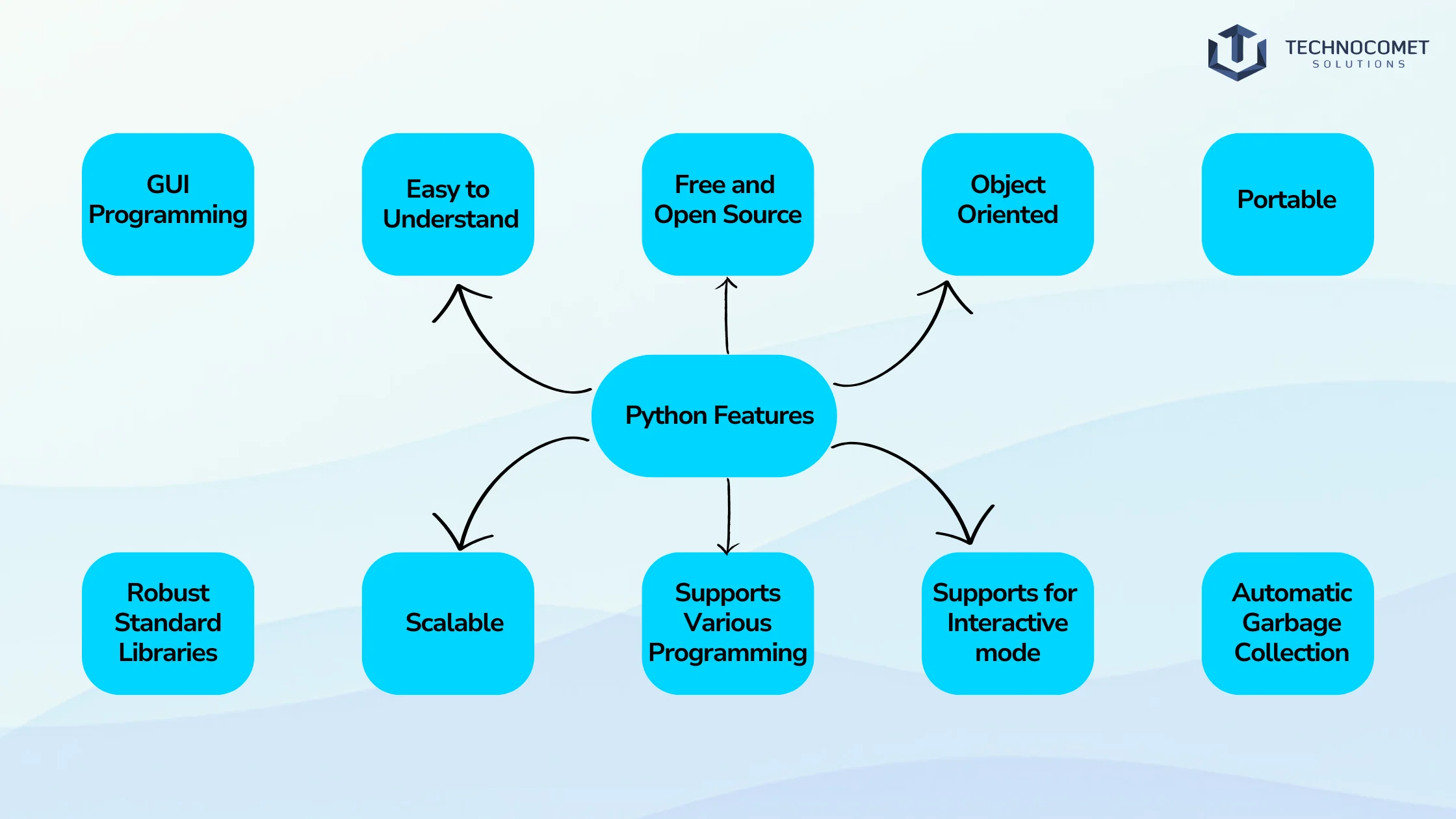
Understanding Python’s Core Features
Clean and Readable Syntax: Making Programming Accessible for Beginners
One of Python’s standout features is its clean syntax, which resembles natural language. This design choice reduces the cognitive load on programmers, allowing them to focus on solving problems rather than deciphering complex syntax. The use of indentation to define code blocks instead of braces or keywords also contributes to its readability. This clarity helps beginners grasp programming concepts quickly without feeling overwhelmed. As they progress, they can appreciate how this simplicity leads to more maintainable code in larger projects. Ultimately, this focus on readability fosters a culture of collaboration among developers.
Dynamically Typed: What It Means for Flexibility in Development
Python is dynamically typed, meaning that variable types are determined at runtime rather than in advance. This flexibility allows developers to write code more quickly and adaptively, as they do not need to declare variable types explicitly. However, this feature can also lead to runtime errors if not managed carefully. Developers must be vigilant about ensuring their code behaves as expected since type-related errors may not surface until execution time. Despite this potential pitfall, many find that the benefits of dynamic typing outweigh the drawbacks. This adaptability encourages experimentation and innovation in coding practices.
Applications of Python: From Web Development to AI
Python in Web Development: Frameworks, Libraries, and Tools
Python’s versatility shines in web development through frameworks like Django and Flask. Django is a high-level framework that encourages rapid development and clean design by providing built-in features such as authentication and database management. Flask, on the other hand, is a micro-framework that offers flexibility for smaller applications or services where developers want more control over components. Both frameworks have strong communities that contribute plugins and extensions to enhance functionality. With these tools at their disposal, developers can create robust web applications efficiently while focusing on delivering value to users. This capability allows businesses to launch products faster and respond quickly to market demands.
Unlocking the Power of Python in Data Science and Machine Learning
In data science and machine learning, Python is unmatched due to its rich ecosystem of libraries. Tools like Pandas facilitate data manipulation and analysis, while Scikit-learn provides simple yet effective tools for predictive data analysis. For deep learning applications, libraries like TensorFlow and Keras enable developers to create complex neural networks with ease. The integration of these libraries allows data scientists to streamline workflows from data collection to model deployment seamlessly. As a result, professionals can uncover insights faster than ever before while maintaining high accuracy levels in their predictions.
Why Python is Ideal for Beginners
Easy to Learn, Easy to Master: The Learning Curve of Python
Python’s straightforward syntax makes it an excellent choice for beginners. New programmers can start writing simple scripts within minutes, while more advanced concepts can be mastered over time. This gradual learning curve encourages continuous engagement with programming; learners can build confidence as they tackle progressively challenging projects. Many educational institutions have adopted Python as their primary teaching language due to its accessibility. This trend further reinforces its status as a go-to language for aspiring programmers who want a solid foundation in coding principles.
A Friendly Ecosystem: Python’s Extensive Documentation and Support
The Python community is vast and welcoming, providing extensive documentation and support through forums like Stack Overflow and GitHub. This community-driven approach means that beginners can easily find resources and assistance as they learn. Additionally, numerous online courses cater specifically to newcomers looking to build their skills at their own pace. With countless tutorials available across platforms like YouTube or Coursera, learners have no shortage of options when seeking help or guidance. This supportive environment fosters collaboration among learners at all stages.
The Rich Ecosystem of Python Libraries and Frameworks
Exploring Popular Python Libraries: Pandas, NumPy, Matplotlib, and More
Python offers a rich ecosystem of libraries that simplify complex tasks. Pandas is ideal for data manipulation, while NumPy supports numerical computing with arrays and matrices. For data visualization, Matplotlib enables the creation of a wide range of graphs and charts. SciPy provides essential tools for scientific computing. These libraries save developers time by offering pre-built solutions, and their regular updates ensure access to the latest features, enhancing Python’s capabilities for diverse applications. With such a robust set of tools, Python’s remains a top choice for developers working across various industries.
Python Frameworks: Django and Flask for Web Development
As mentioned earlier, Django provides a robust framework for building web applications quickly with built-in features, while Flask offers simplicity and flexibility for smaller projects. Both frameworks have strong communities that contribute plugins and extensions to enhance functionality. Developers can choose between these frameworks based on their project requirements—whether they need a full-fledged solution or prefer a lightweight option tailored to specific needs. This adaptability makes Python an attractive choice for various web development scenarios where speed and efficiency are crucial.
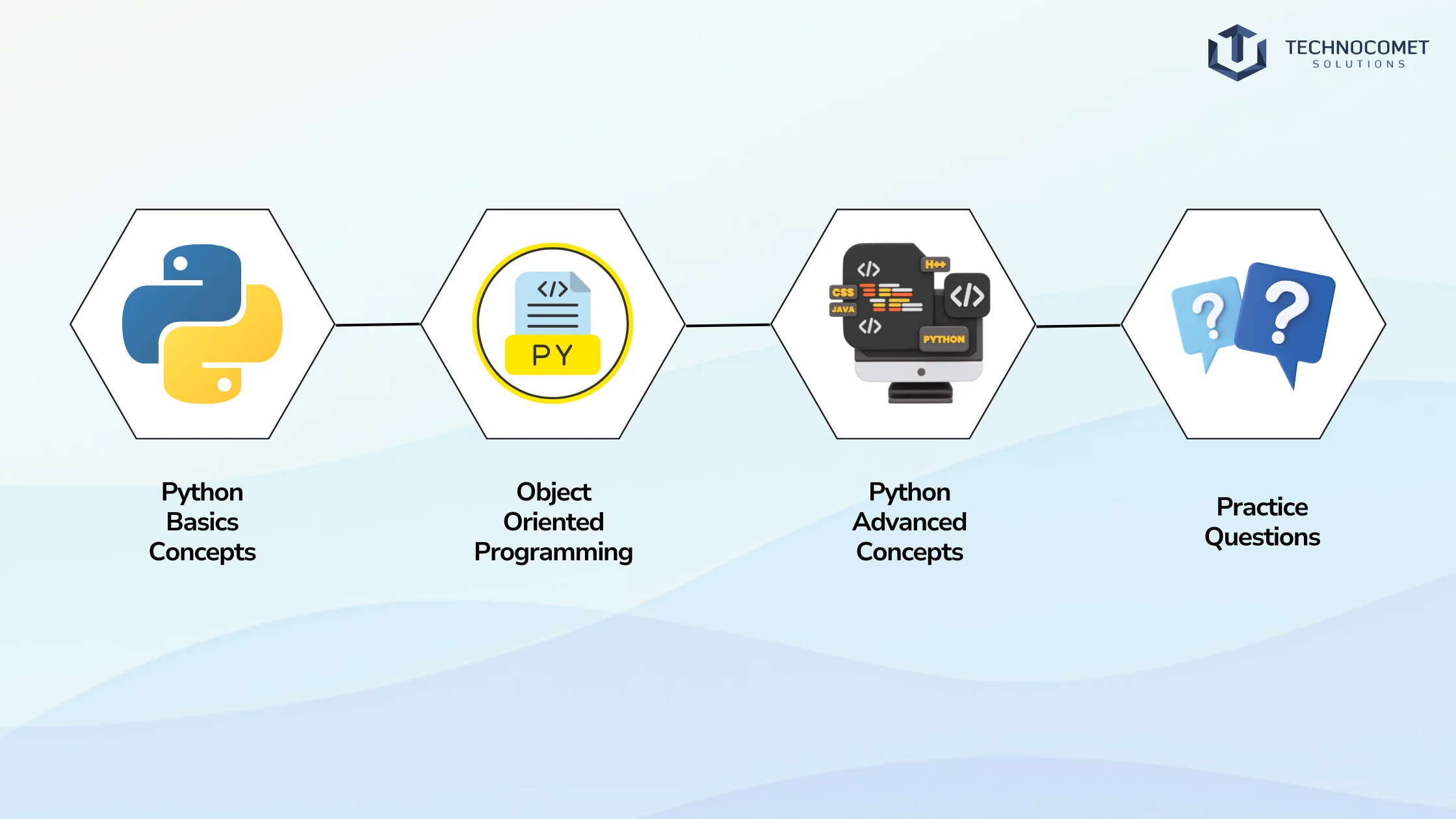
Advanced Python: Beyond the Basics
Object-Oriented Programming in Python: Creating Scalable and Reusable Code
Python supports object-oriented programming (OOP) principles such as encapsulation, inheritance, and polymorphism. This approach enables developers to create scalable applications by organizing code into reusable classes and objects. OOP helps manage complexity by breaking down programs into smaller components that are easier to understand and maintain over time. By utilizing these principles effectively, developers can build software systems that are both efficient and adaptable to changing requirements while promoting code reuse across projects.
Python for Data Analysis and Visualization: Unlocking Insights from Data
Data analysis in Python is made easy with libraries like Pandas for data manipulation combined with Matplotlib or Seaborn for visualization. This combination allows analysts to extract meaningful insights from complex datasets efficiently while presenting findings clearly through visual storytelling techniques. With powerful visualization tools at their disposal, professionals can present their findings clearly and compellingly—making it easier for stakeholders to understand key trends or patterns in the data while facilitating informed decision-making processes across various industries.
The Future of Python: Why Learning Python is an Investment in Your Career
Python’s Role in Emerging Technologies: AI, IoT, and Cloud Computing
As technology evolves, so does the role of Python. It plays a significant part in emerging fields such as AI, where its libraries facilitate machine learning model development alongside automation tasks across industries like finance or healthcare. Additionally, with the rise of the Internet of Things (IoT) and cloud computing platforms like AWS or Azure supporting Python’s ‘applications, the language continues to be relevant in diverse contexts today. As businesses increasingly adopt these technologies into their operations, having proficiency in Python’s will be crucial for staying competitive in the job market—and opens doors to exciting career opportunities.
High Demand for Python Developers in the Job Market
The demand for skilled Python developers remains high across various industries due to its versatility across multiple domains such as web development or scientific computing applications alike; this demand shows no signs of slowing down anytime soon! Companies are increasingly looking for professionals who can leverage Python’s capabilities in web development, data analysis, automation, and AI solutions effectively within teams striving towards innovation goals together! According to recent job market trends indicating positions requiring knowledge of Python’s consistently rank among the most sought-after roles in tech today—indicating a bright future ahead for those who invest time into mastering this powerful language.
Conclusion
In conclusion, learning Python opens up numerous opportunities across diverse fields—from web development to artificial intelligence—it truly offers something valuable regardless if you’re just starting out or already have experience under your belt! Its clean syntax makes it accessible for beginners while offering powerful features that cater specifically towards advanced developers seeking greater challenges ahead! With a rich ecosystem filled with libraries and frameworks supporting various applications available at your fingertips, mastering Python isn’t just an investment in your skills but also serves as a strategic move within today’s rapidly evolving job market landscape!
Are you ready to elevate your programming skills? At TechnoComet Solutions, we recognize the value of mastering versatile languages like Python. Join us today and unlock a world of opportunities that Python can offer for your career and IT services!
FAQs
Python is a versatile programming language used for various applications, including web development, data analysis, artificial intelligence, machine learning, automation, and more.
Yes, Python is known for its simple and readable syntax, making it an excellent choice for beginners who want to learn programming without feeling overwhelmed.
Some popular frameworks include Django and Flask for web development, while libraries like Pandas and NumPy are widely used for data manipulation and analysis.
Python stands out due to its ease of use, extensive libraries, and strong community support, making it a preferred choice for both beginners and experienced developers across various domains.

